Edited by Admin_Dermpath
Case Number : Case 2667 - 25 September 2020 Posted By: Dr. Richard Carr
Please read the clinical history and view the images by clicking on them before you proffer your diagnosis.
Submitted Date :
F80. Left cheek below medial left eye. ?BAK ?SCC


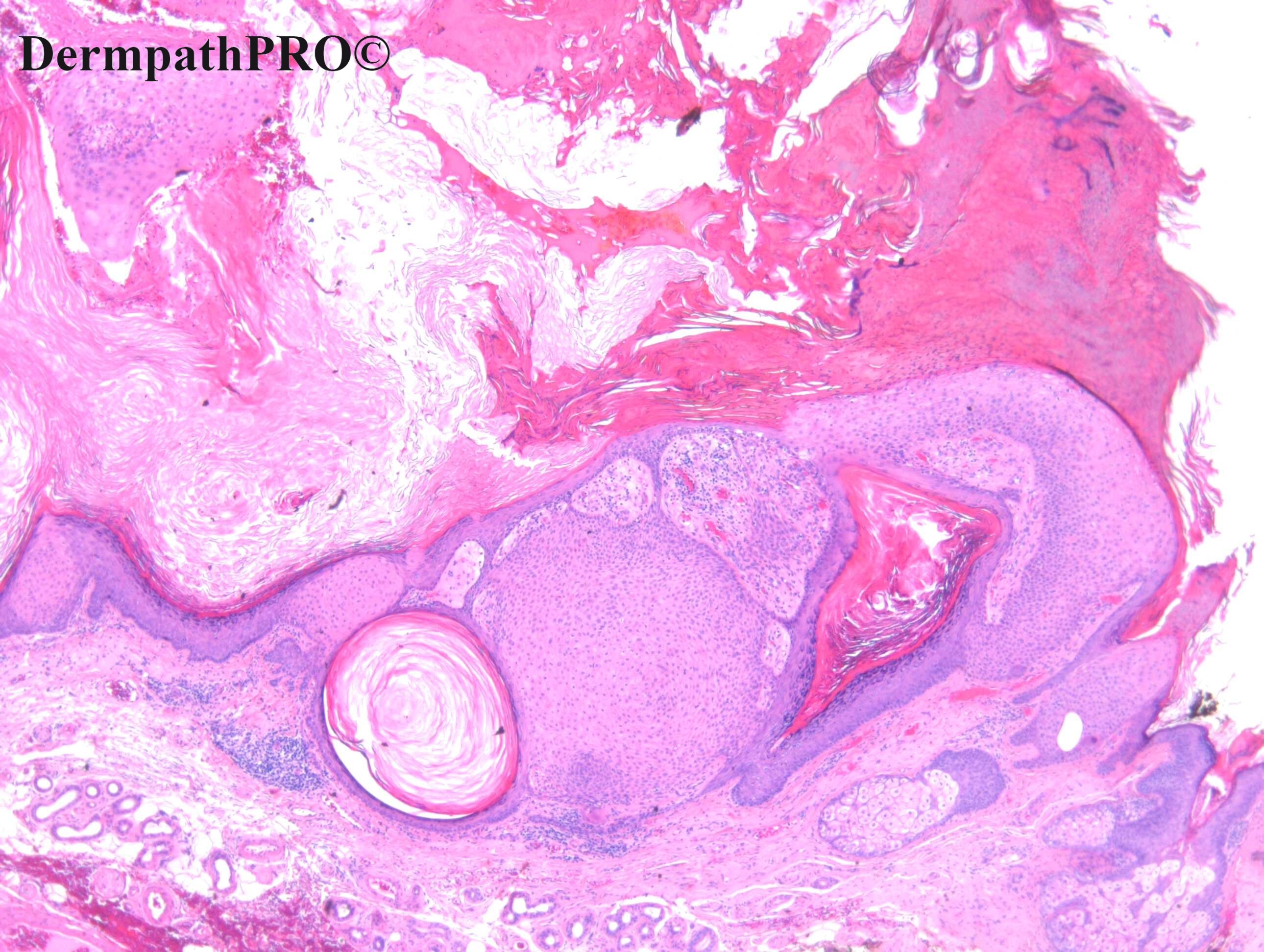

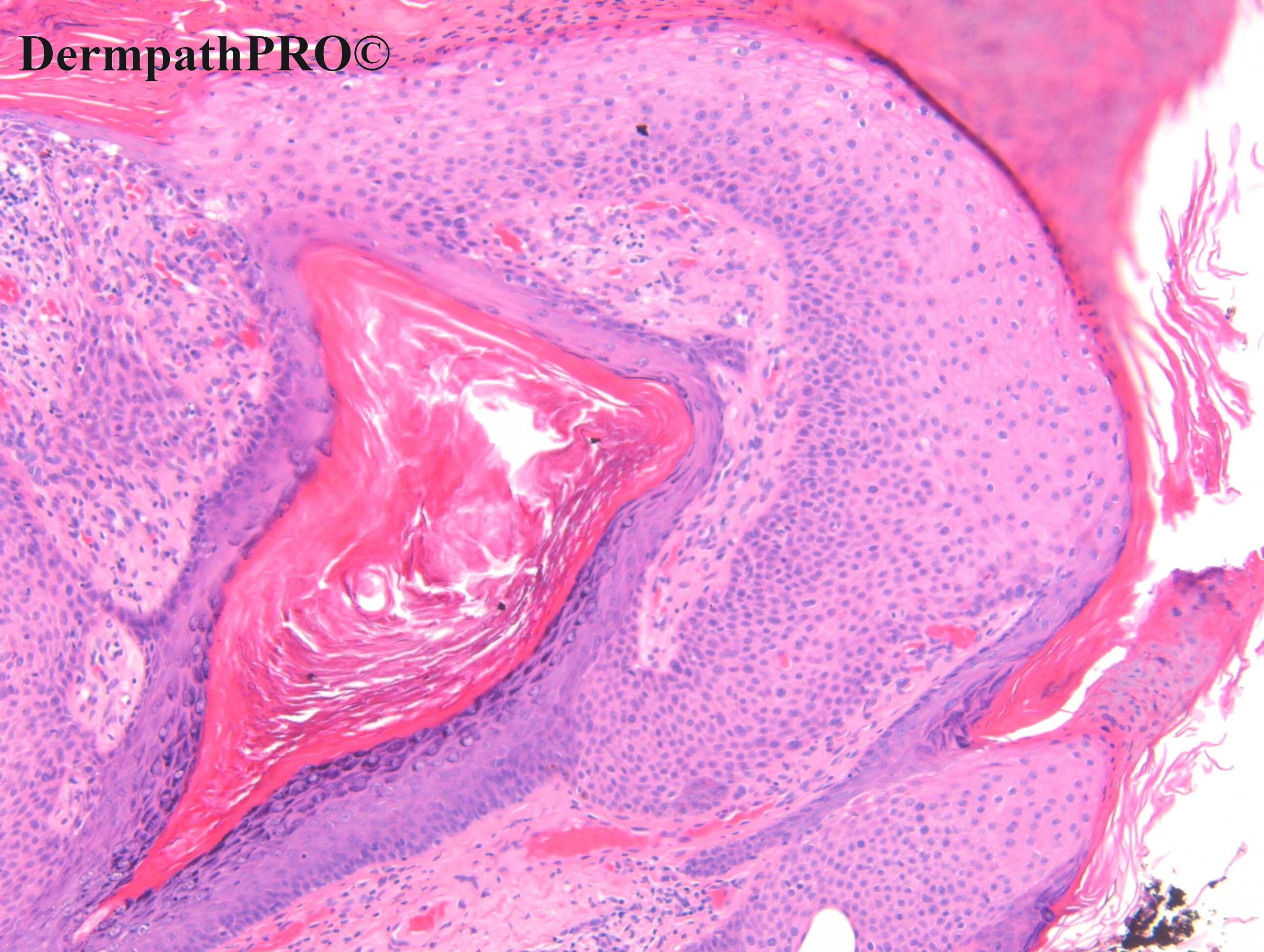
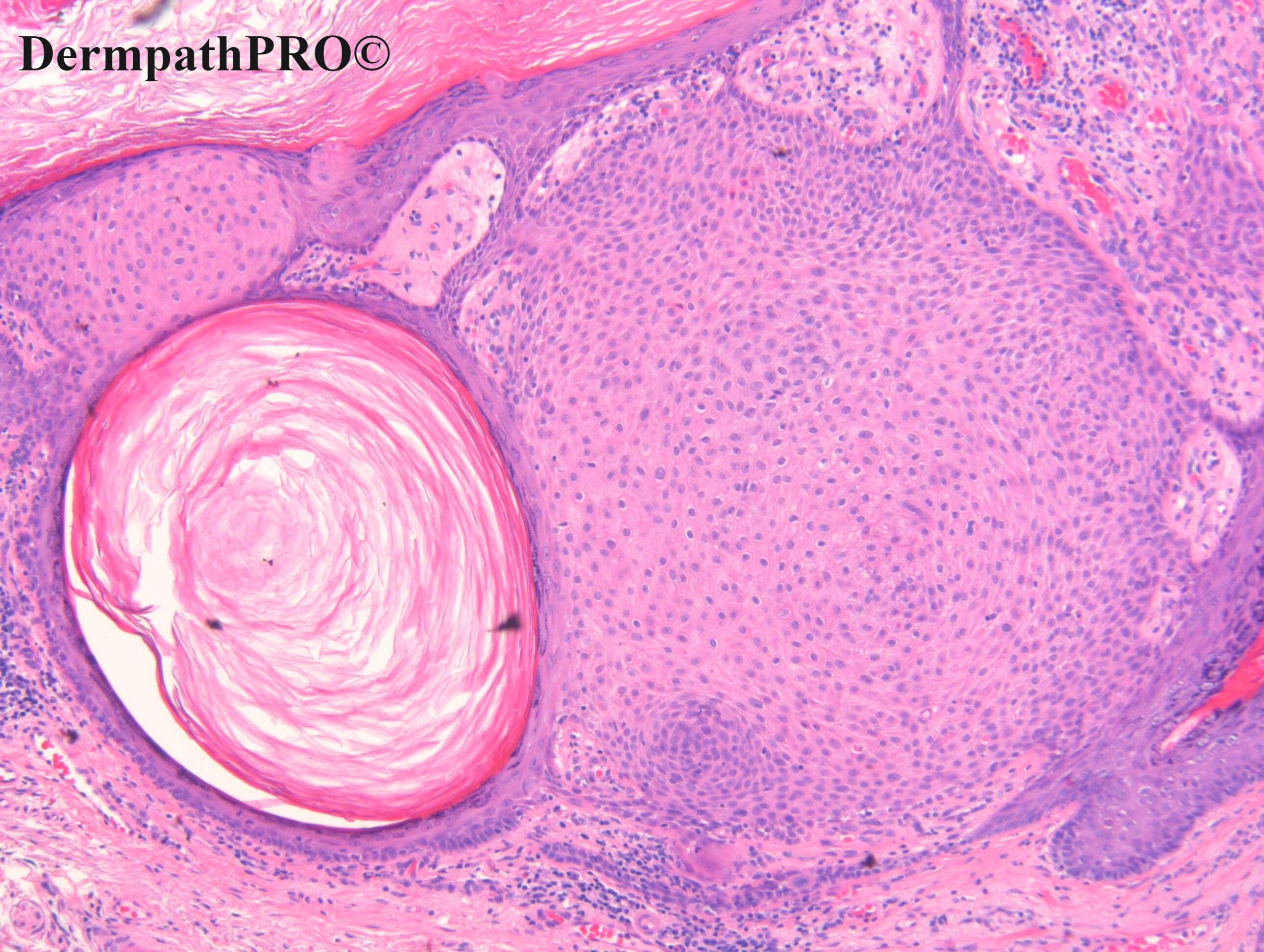
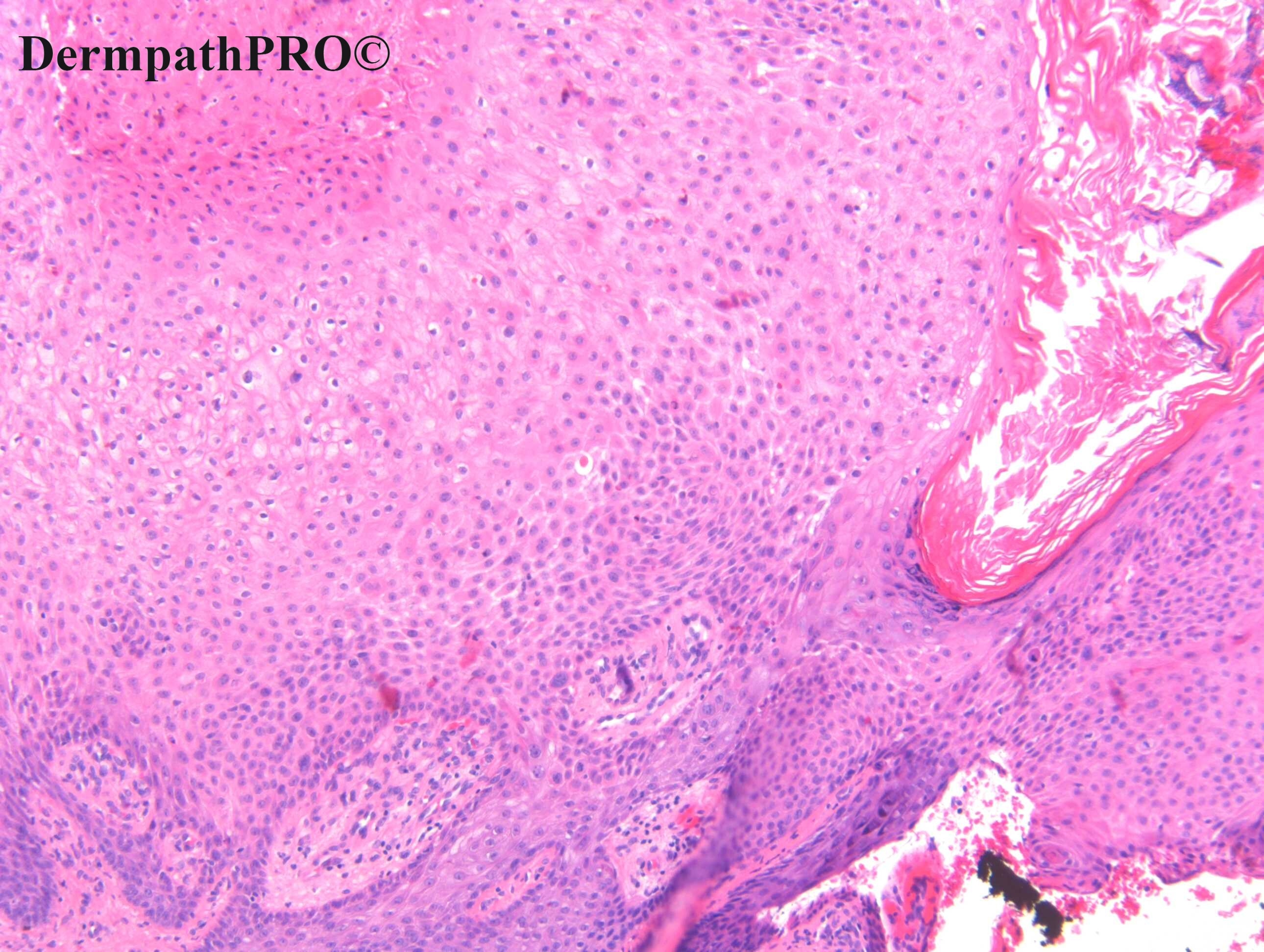

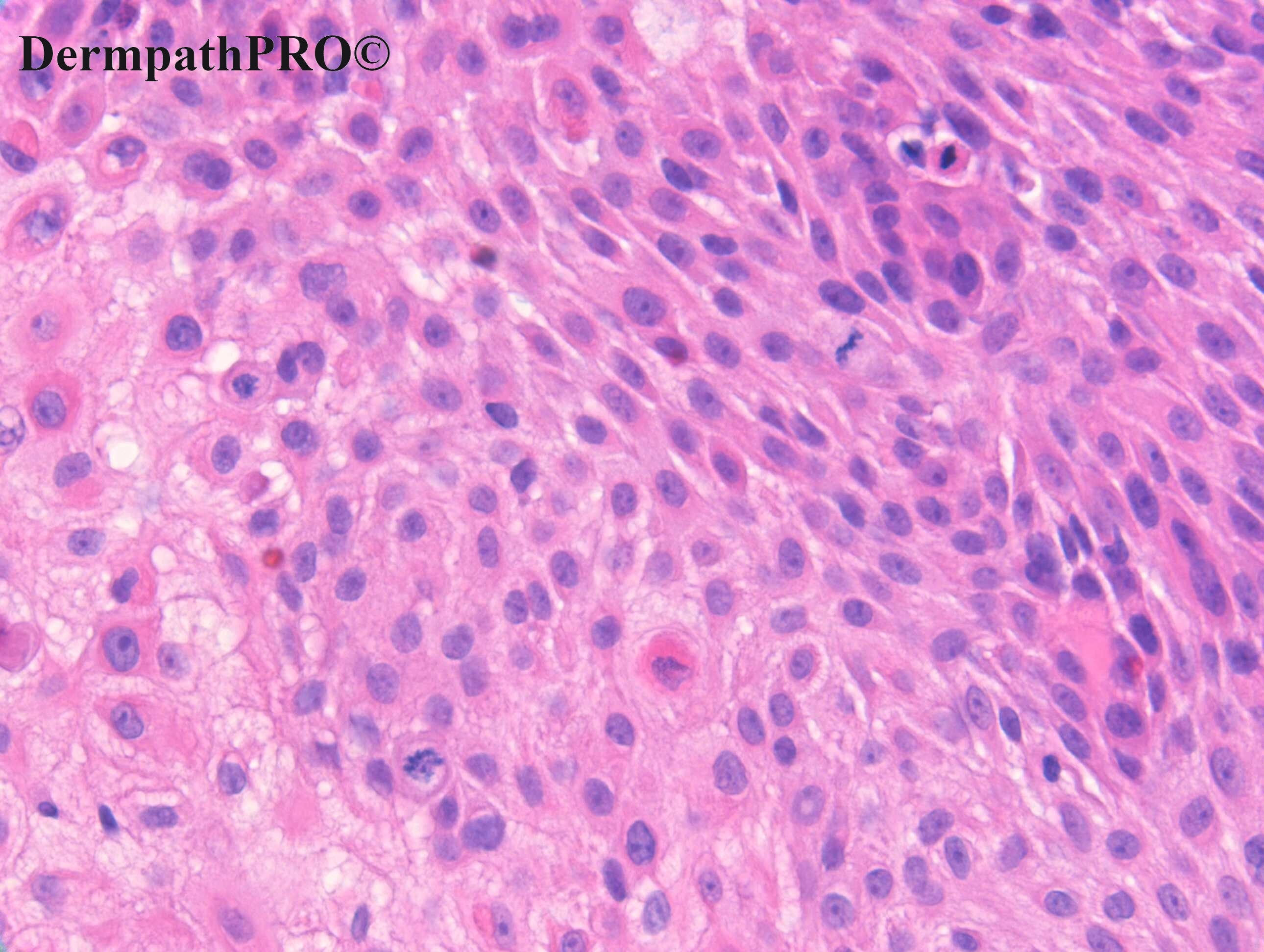

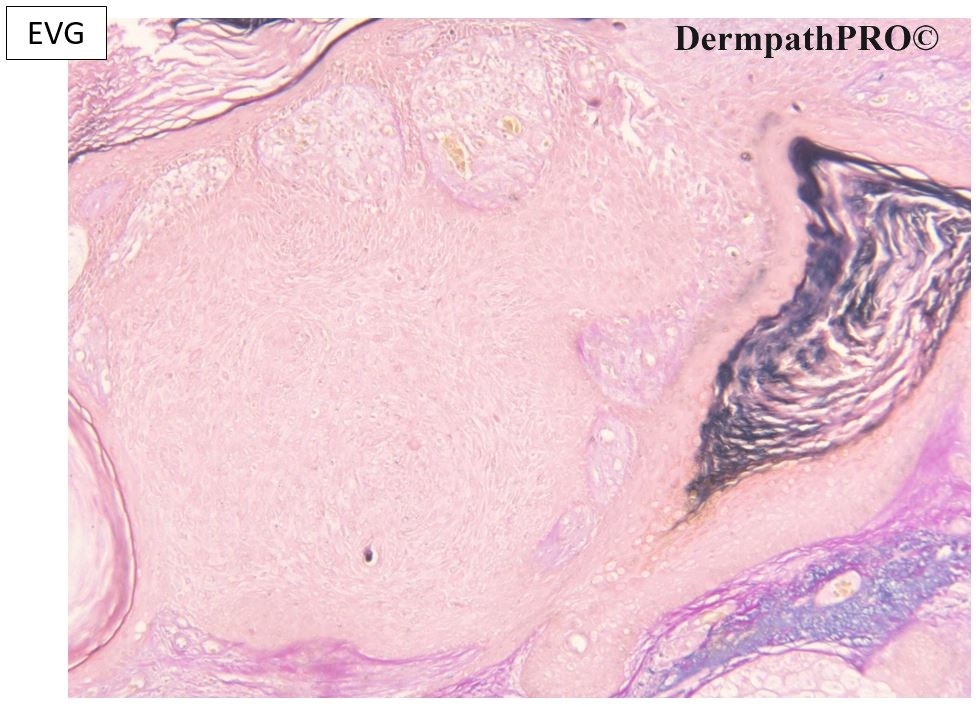
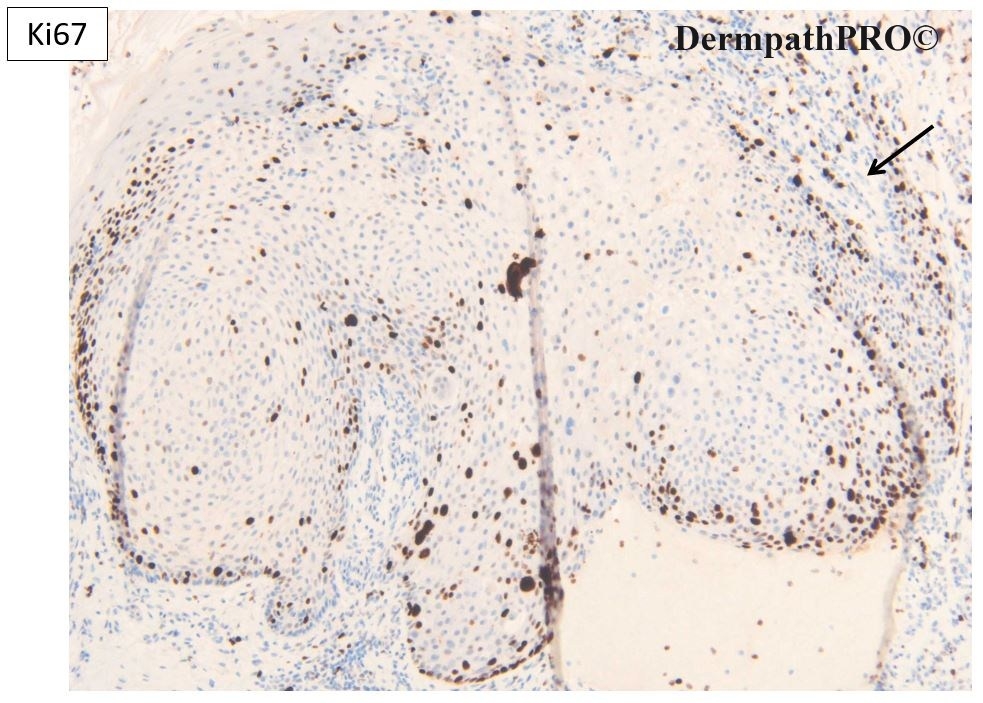

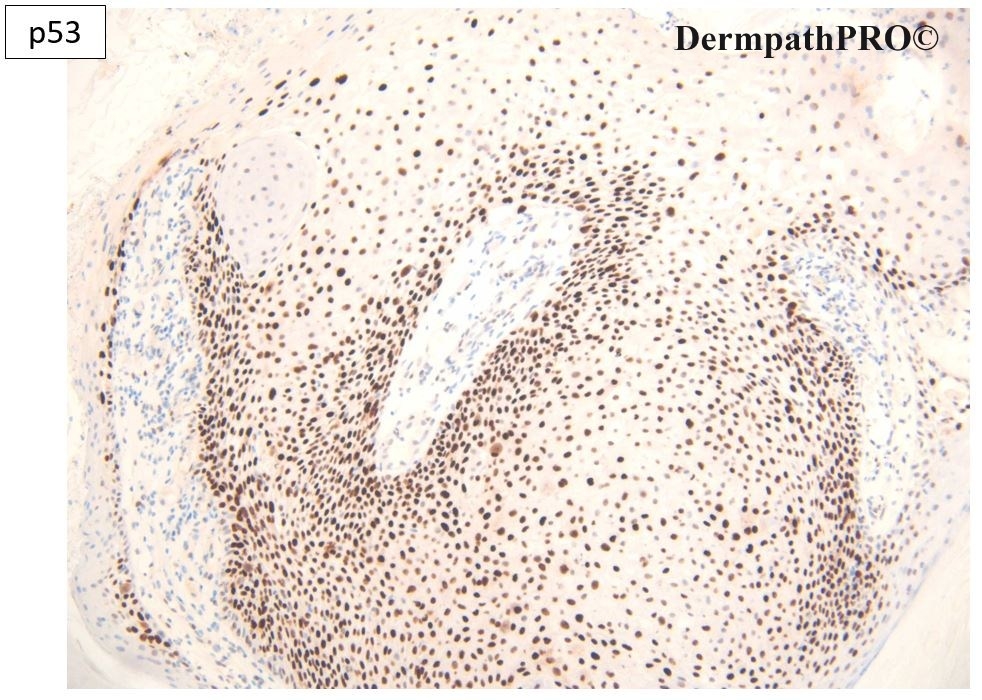
Join the conversation
You can post now and register later. If you have an account, sign in now to post with your account.